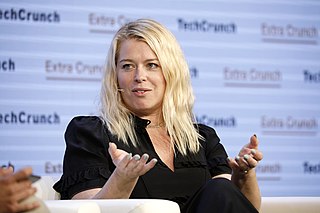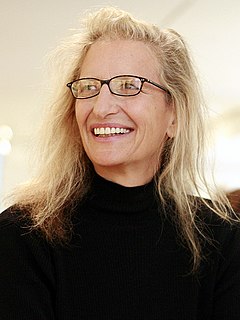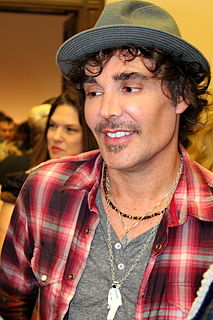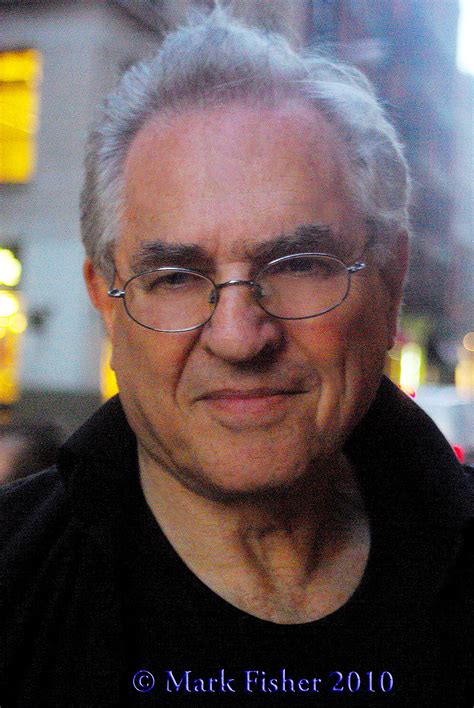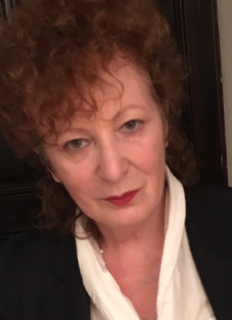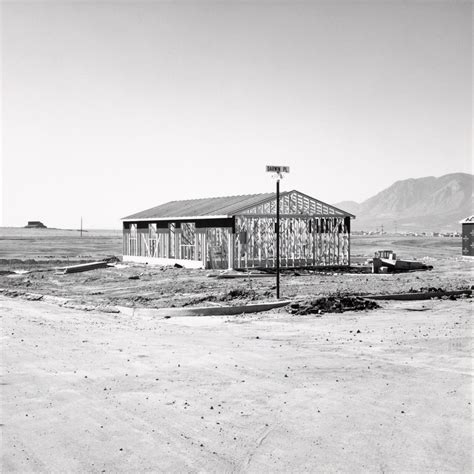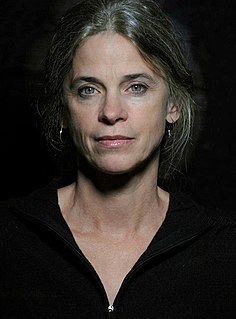Top 69 Quotes & Sayings by Richard Avedon
Explore popular quotes and sayings by an American photographer Richard Avedon.
Last updated on April 14, 2025.
Camera lies all the time. It's all it does is lie, because when you choose this moment instead of this moment, when you... the moment you've made a choice, you're lying about something larger. 'Lying' is an ugly word. I don't mean lying. But any artist picks and chooses what they want to paint or write about or say. Photographers are the same.
I don't really remember the day when I stood behind my camera with Henry Kissinger on the other side. I am sure he doesn't remember it either. But this photograph is here now to prove that no amount of kindness on my part could make this photograph mean exactly what he.. or even I.. wanted it to mean. It's a reminder of the wonder and terror that is a photograph.
Camera lies all the time. It’s all it does is lie, because when you choose this moment instead of this moment, when you… the moment you’ve made a choice, you’re lying about something larger. Lying is an ugly word. I don’t mean lying. But any artist picks and chooses what they want to paint or write about or say. Photographers are the same.
Snapshots that have been taken of me working show something I was not aware of at all, that over and over again I'm holding my own body or my own hands exactly like the person I'm photographing. I never knew I did that, and obviously what I'm doing is trying to feel, actually physically feel, the way he or she feels at the moment I'm photographing them in order to deepen the sense of connection.
For hours she danced and sang and flirted and did this thing that's-she did Marilyn Monroe. And then there was the inevitable drop. And when the night was over and the white wine was over and the dancing was over, she sat in the corner like a child, with everything gone. I saw her sitting quietly without expression on her face, and I walked towards her but I wouldn't photograph her without her knowledge of it. And as I came with the camera, I saw that she was not saying no.
There was no such person as Marilyn Monroe. Marilyn Monroe was an invention of hers. A genius invention that she created, like an author creates a character. She understood photography, and she also understood what makes a great photograph. She related to it as if she were giving a performance. She gave more to the still camera than any actress-any woman- I've ever photographed.
My photographs don't go below the surface. They don't go below anything. They're readings of the surface. I have great faith in surfaces. A good one is full of clues. But whenever I become absorbed in the beauty of a face, in the excellence of a single feature, I feel I've lost what's really there been seduced by someone else's standard of beauty or by the sitter's own idea of the best in him. That's not usually the best. So each sitting becomes a contest.

